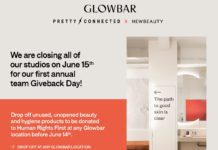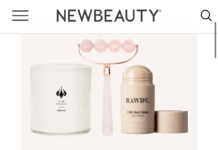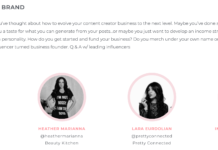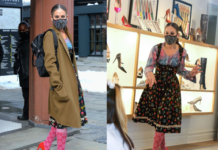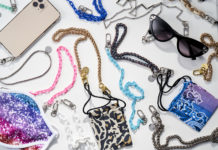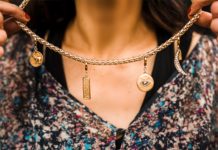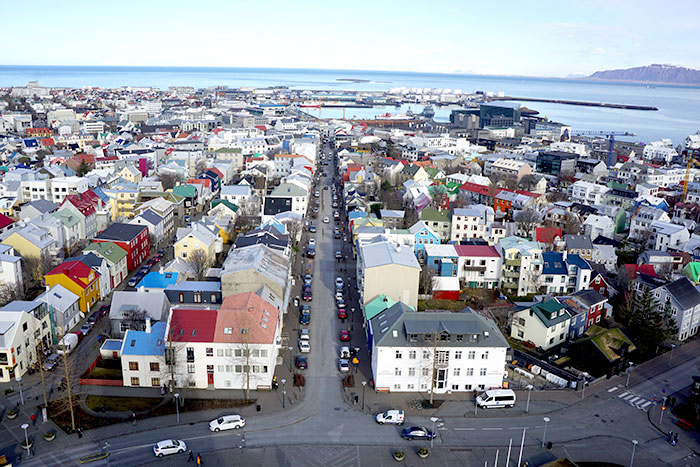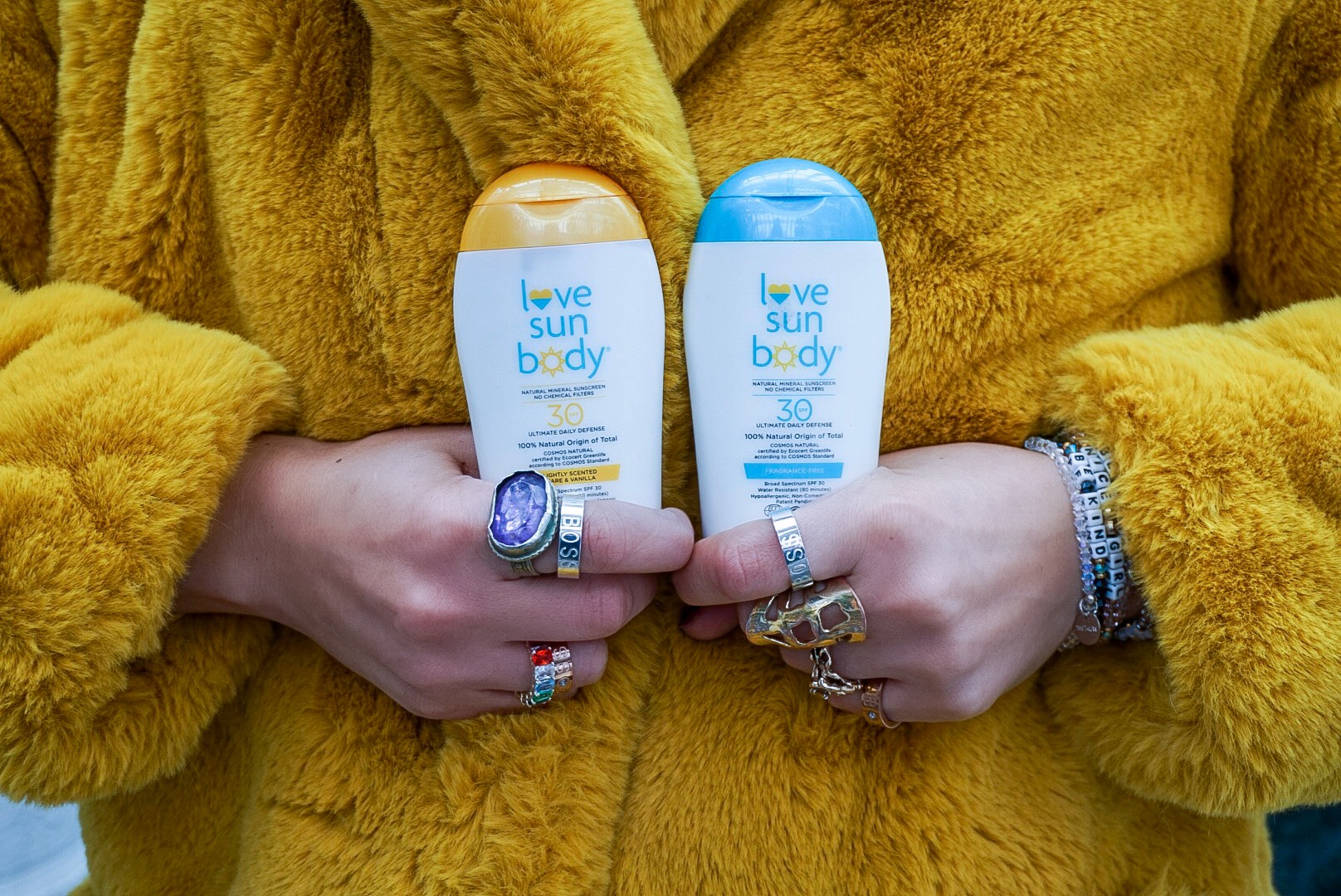 My family calls me the SPF police, because no matter the season, if you’re outside while the sun is out, I will hound you to wear sunblock. It’s the #1 anti-aging product you can use to protect against wrinkles, dark spots and skin sagging — yes the sun does all that damage on top of putting you at risk for skin cancer. I understand there’s a lot of confusion about what the difference between a chemical and physical sunblock, UVA vs UVB rays, and what SPF number you should be wearing (spoiler alert it’s an SPF 30 or 50) and that you only need to wear it in the summer — major false, YEAR ROUND!
My family calls me the SPF police, because no matter the season, if you’re outside while the sun is out, I will hound you to wear sunblock. It’s the #1 anti-aging product you can use to protect against wrinkles, dark spots and skin sagging — yes the sun does all that damage on top of putting you at risk for skin cancer. I understand there’s a lot of confusion about what the difference between a chemical and physical sunblock, UVA vs UVB rays, and what SPF number you should be wearing (spoiler alert it’s an SPF 30 or 50) and that you only need to wear it in the summer — major false, YEAR ROUND!
Here to clarify all the above points and teach us everything we need to know about sunblock is Dr. Terry Zickerman, Founder of Love Sun Body, the first 100% natural origin mineral line of sunscreens to be internationally COSMOS-certified. Meaning they exceed the world’s strictest ingredient, safety and manufacturing standards and take clean beauty to a whole other level (learn more in the video).
Also you can catch Charlie’s epic cameo and question on if they are cruelty free — which they are! Made up of 10 ingredients they are certified Peta Cruelty Free and Vegan, and ranked 1 out of 10 by EWG!
- Sun damage happens in the first minutes your skin is exposed to the sun and is accumulative, year round, so don’t think that quick dog walk or coffee run makes you immune.
- UV light emitted by the sun steadily effects skin year-round despite the season — no matter if it’s sunny, snowing, cloudy or raining. Most people think winter is a time when you can tone down the SPF but that’s a mistake. The two UV rays UVA/UVB, while UVB is lessened by the clouds, UVA rays can penetrate glass and clouds meaning no matter the season, if you’re going outside or sit near a window (whether it be at home, in the car or in office) a SPF is a must!
- 90% of skin aging comes from UV rays so basically sunblock is the #1 anti-aging skincare product you can use.
- Make sure the sunscreen you use is “broad spectrum” meaning it protects agains’t the sun’s UVA AND UVB rays.
- If you’re exploring coral reef make sure your SPF is non-chemical and coral reef safe, like Love Sun Body.
- Make sure your SPF is between a 30 and 50, anything above is just marketing since an SPF 30 block 97% of UV rays, and SPF 50 block 98%. And anything below isn’t effective enough. (We talk more about this in the video and what the numbers mean and when you want to wear which).
The video also covers chemical vs mineral sunscreens and the best way to apply. Yes, most people put on too much of a mineral sunblock and don’t apply it correctly.


